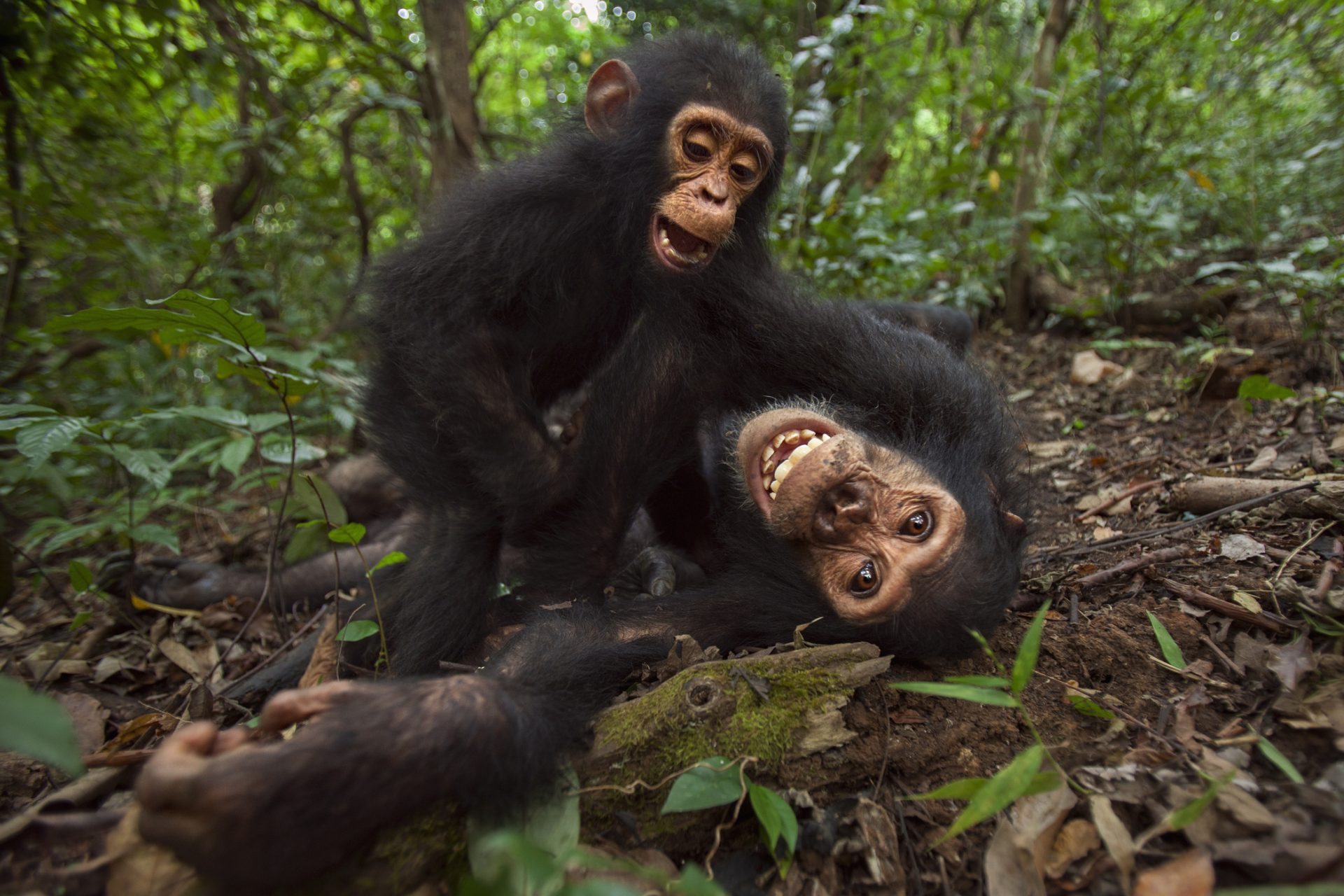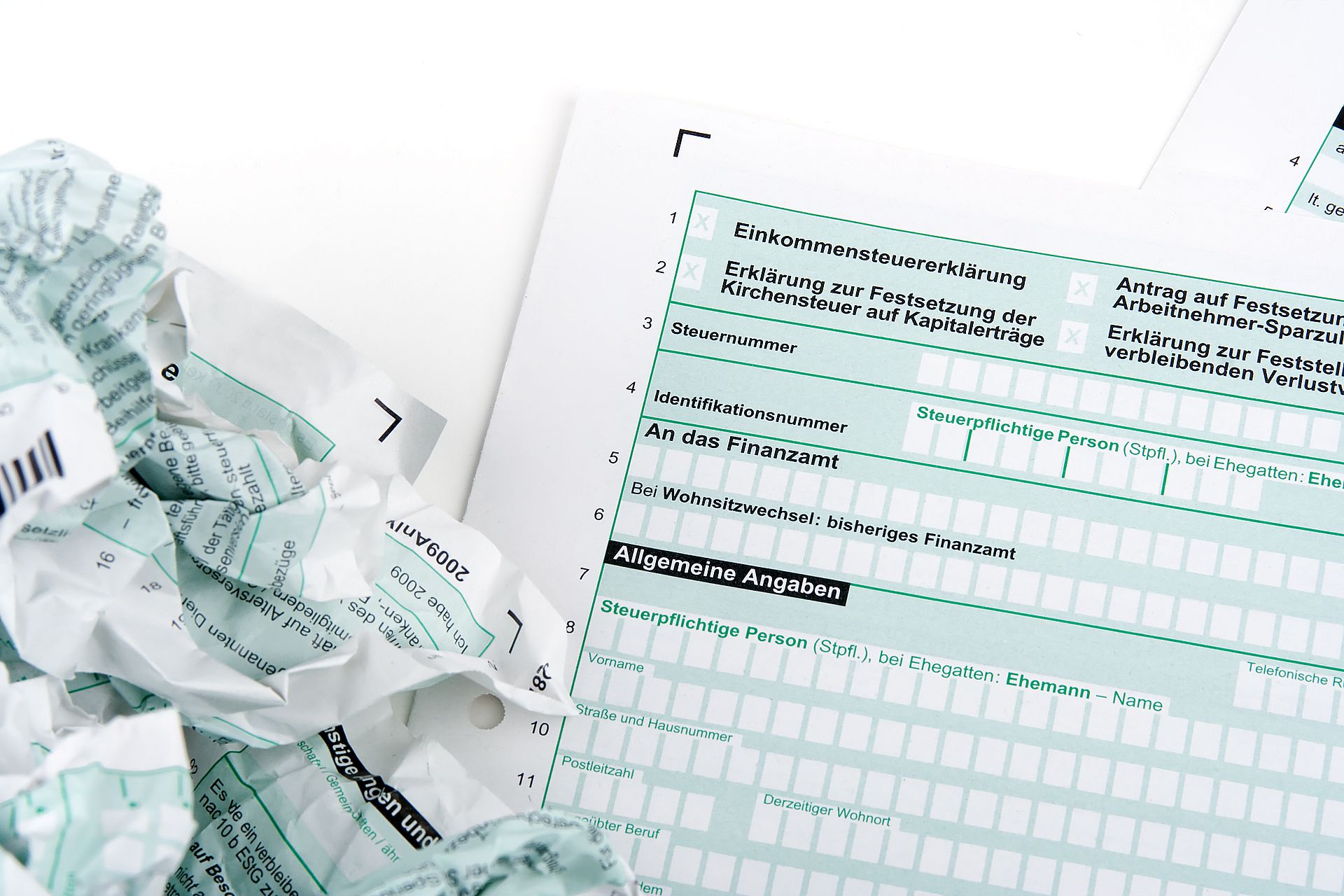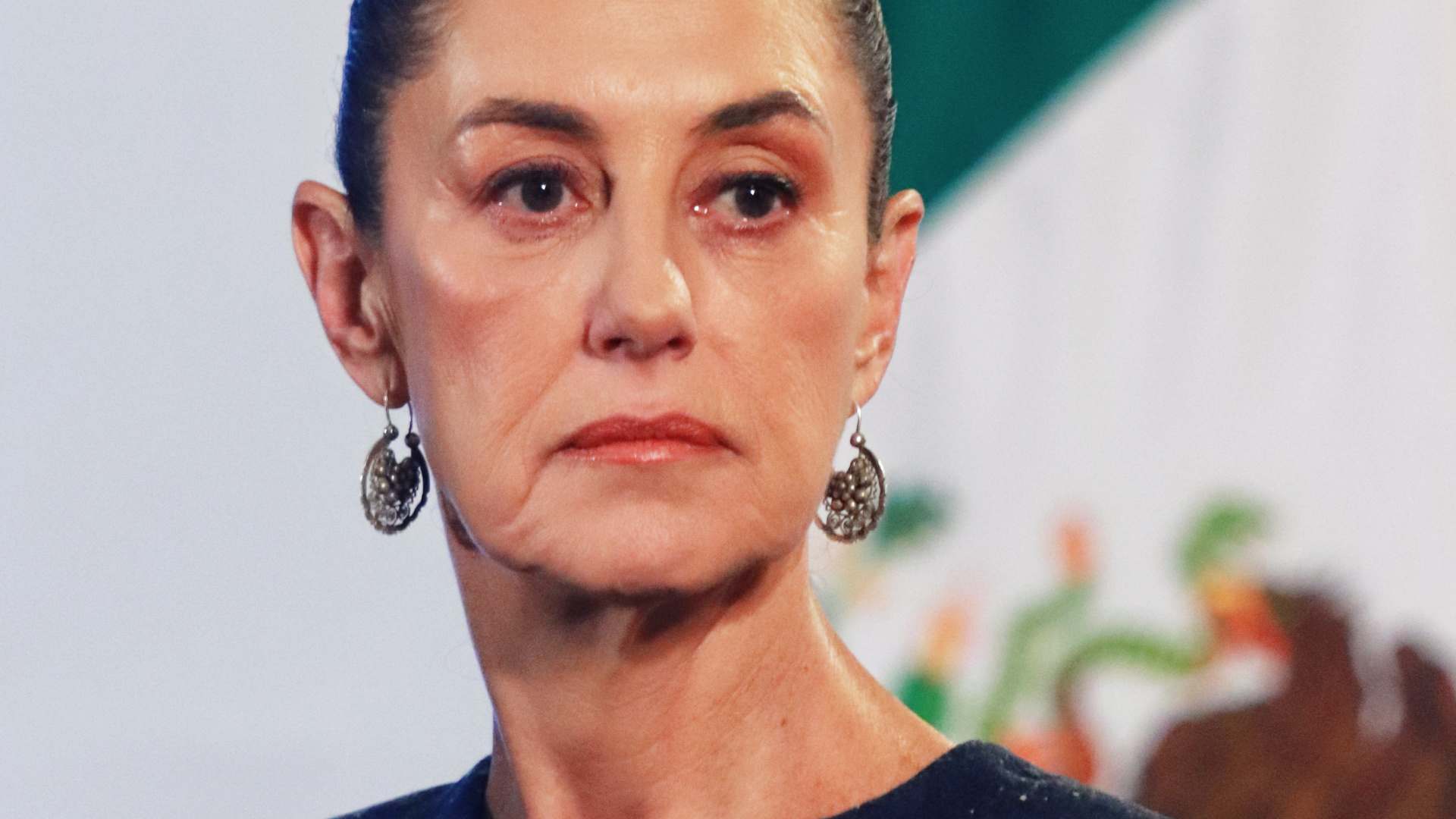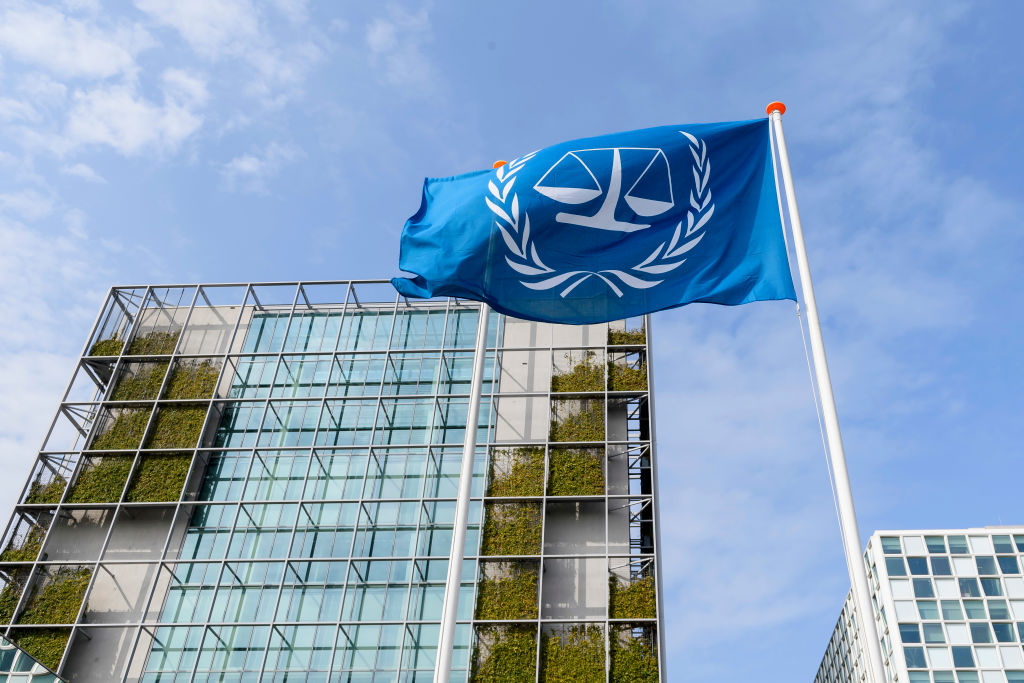Dry rivers, shallow lakes, and dying fish: images of Spain's worst drought in decades
Spain is going through one of the worst droughts in several years. It hardly snowed during the winter, and the spring did not bring the usual rains. As a result, the reservoirs and swamps are dry, and agriculture is suffering.
The drought affects several regions of Spain, where the less proprietary uses of water, like pools o golf courses, are limited. However, in the most affected community, Catalonia, restrictions are broader.
In Catalonia, water restrictions are already in place for agriculture and industry, and water supply is limited to 230 liters per person in more than 200 towns. It affects around six million people.
Catalonians have become accustomed to seeing landscapes like those in the photo, with the Sau River completely dry.
"I've never seen it so empty," Agustín Torrent, a 70-year-old man who has lived his whole life nearby the Sau reservoir, which feeds water to Barcelona, told the BBC.
The big problem is that 2022 already had very little rain, but 2023 has had worse rain data. According to the Spanish Meteorological Agency, it rained 24% less throughout Spain than the usual average.
And it is enough to consult the official page of the Catalan Water Agency to see the dramatic situation: the water reserves in that territory are at 27%. A limit below which only bad news can be expected.
In southern Spain, in Andalusia, the drought is also concerning. This is one of the streams near the Fuente de Piedra Lagoon. This year the lake held only a hundred flamingos out of the 8,000 that usually come.
Besides the effect on the ecosystem, the drought also has economic consequences. According to agricultural organizations cited by El País, 60% of rainfed crops in Spain have already been lost.
This is a drama for thousands of farmers and society since this situation will cause the price of cereals and other products to rise.
In some places, saints are taken out in procession or, as in Granada (in the image), the Virgen de las Angustias is asked to bring the rain.
Processions like these are old Catholic traditions in Spain, punished by periodic droughts since ancient times, especially on the Mediterranean coast and in the south.
Another example of how religion is used to ask heaven for water is a procession in the Andalusian town of Jerez de la Frontera praying for rain.
However, the dramatic drought does not only affect the traditionally dry areas of Spain. This is an image of the north of the peninsula. The Pas River looked like this mid-spring as it passed through Corvera de Toranzo in Cantabria.
The shallow waters in Pas River made it necessary to take drastic measures to save the fish from suffocation. As in other rivers and reservoirs, fish have been collected with buckets, keeping them from dying in the sun without water.
Dozens of fish were transferred in buckets to nearby bodies of water where they could survive. Many other specimens perished.
This is another image of the north of the peninsula. The Yesa reservoir in Navarra, which usually holds significant amounts of water, is approximately 50% of its capacity.
Aside from the drought, Spain is also experiencing extreme heat that can affect tourism. In April, in Córdoba (in the image), a temperature record was broken by reaching 38.8º Celsius (101.84°F). Something unusual in the spring.
Experts like Mariano Guindal from La Vanguardia calculated the drought would cost roughly 60,000 million euros (around 67 billion dollars) from Spain's Gross Domestic Product.
The intense drought also affects Doñana Park, a biosphere reserve in the Andalusian provinces of Huelva, Cádiz, and Seville (in the image), which has caused political controversy.
The regional government intends to legalize wells for irrigated crops that would extract water from the park or its surroundings. The decision set off environmental alarms that reached the European Union.
The scarce water is sparking debates on what the priorities should be. Whether to protect food production and agriculture or ecological reserves like Doñana. In the picture, strawberry greenhouses in Huelva, near Doñana.
Samuel Reyes, director of the Catalan Water Agency, warned on the BBC that the problem is critical. "The worry is that we are on alert not just for two years," he said, "but for three or four years."
More for you
Top Stories




































